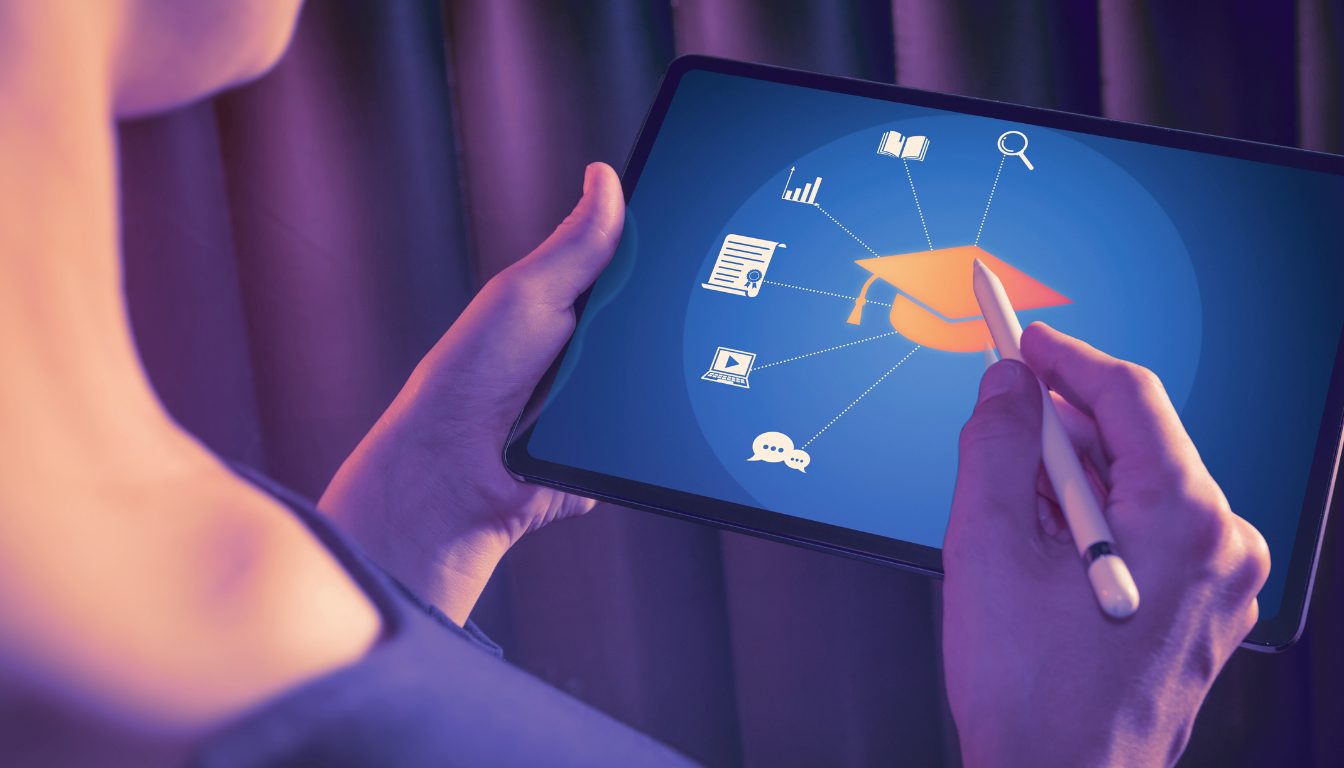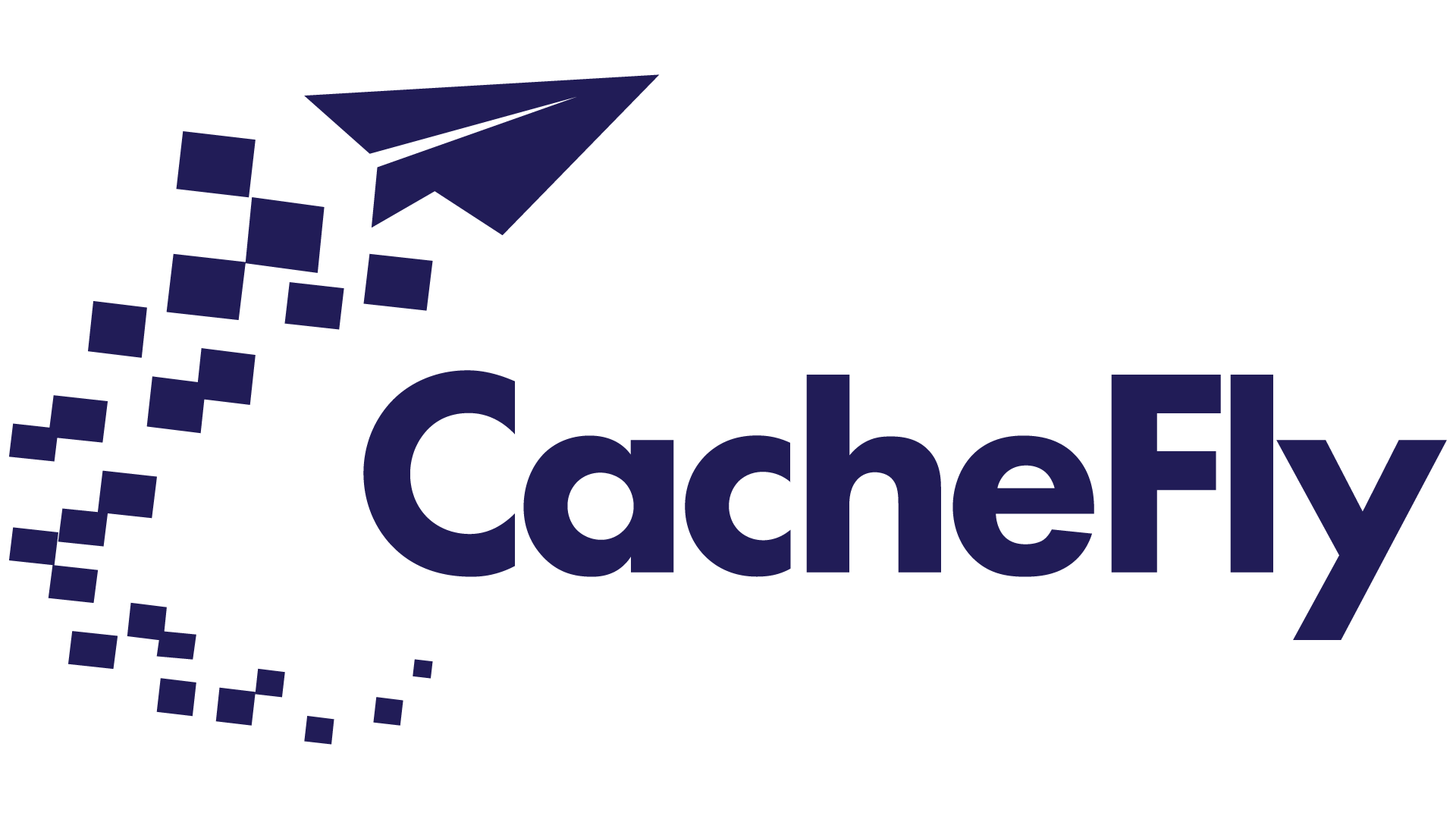
Leveraging Gamification in eLearning
Key Takeaways
- Introducing game mechanics into eLearning can significantly boost learner engagement and transform the learning experience.
- Rewards play a crucial role in motivating learners, making them more eager to participate and achieve their goals.
- Setting clear, achievable goals within a gamified system is essential for fostering a sense of accomplishment and sustained interest.
- Competition and collaboration in gamification can create a community of learners, enhancing motivation through personal and group achievements.
As we delve into the world of eLearning, we find ourselves at the crossroads of innovation and education. The introduction of gamification in eLearning has revolutionized how we approach teaching and learning, merging the engagement of gaming with the rigor of education. This transformative strategy not only captivates learners but also dramatically enhances their motivation and participation. By integrating game mechanics, such as points, badges, and leaderboards, into educational content, we create an interactive experience that goes beyond passive consumption. Let’s explore how leveraging gamification can elevate the eLearning experience, making it more engaging, effective, and enjoyable.
Enhancing Learner Motivation through Gamification
Game mechanics serve as the cornerstone of gamification in eLearning, transforming static content into dynamic and interactive experiences. By introducing elements like points, badges, and leaderboards into eLearning environments, we not only encourage active participation but also turn learning into an adventure. This approach taps into the innate human desire for achievement and recognition, making learners more inclined to engage with the material.
The psychological impact of rewards on learner motivation cannot be overstated. Anticipating rewards for completing tasks or reaching milestones significantly boosts engagement. This system of incentives creates a positive feedback loop, where the satisfaction of earning rewards fuels the desire to accomplish more, keeping learners engaged and motivated throughout their educational journey.
Moreover, the effectiveness of gamification in eLearning hinges on setting clear, achievable goals. These goals provide learners with a roadmap to success, marking their progress and inspiring continuous engagement. Achieving these milestones fosters a sense of accomplishment, reinforcing motivation and ensuring learners remain invested in their educational pursuits.
Finally, gamification excels in creating an environment where competition and collaboration thrive. Friendly competition, spurred by leaderboards and scores, motivates learners to improve their performance. Simultaneously, collaborative challenges encourage teamwork and social interaction, enriching the learning experience. This blend of personal achievement and group success cultivates a vibrant community of learners, each motivated by both their success and the success of their peers.
By strategically incorporating these elements, gamification in eLearning not only makes learning more engaging and enjoyable but also significantly enhances learner motivation and the overall effectiveness of educational content.
Improving Knowledge Retention and Learning Outcomes
The transformative power of gamification in eLearning extends far beyond increasing engagement—it fundamentally enhances how learners retain information and achieve learning outcomes. By weaving game elements like storytelling and challenges into the fabric of eLearning, educators and developers can create unforgettable learning experiences that leave a lasting impact on learners. Let’s dive into how gamification strategies revolutionize knowledge retention and learning effectiveness.
Deepening Memory Retention through Storytelling and Challenges
At the core of gamification’s success in improving memory retention is its ability to make learning experiences stick. Incorporating storytelling and challenges into eLearning courses does more than entertain; it embeds knowledge deeper into learners’ memories. Stories weave complex information into relatable narratives, making abstract concepts tangible. Similarly, challenges that learners overcome during their educational journey mark significant milestones that are memorable and rewarding. This dynamic combination ensures that learners not only absorb information but also retain it far longer than through traditional learning methods.
Enhancing Learning with Immediate Feedback
In a gamified learning environment, the provision of immediate feedback is a game-changer. Real-time responses to learners’ actions create a responsive learning ecosystem, where mistakes become opportunities for growth rather than setbacks. This instant feedback loop helps reinforce learning objectives, correct misunderstandings swiftly, and adjust strategies on the fly, significantly improving learning outcomes. Through such interactive systems, learners gain confidence as they see tangible progress in their understanding and skills.
Personalizing Learning Paths
One of the most impactful benefits of gamification in eLearning is the ability to offer personalized learning paths. By allowing learners to choose their challenges and rewards, eLearning platforms can cater to a wide array of learning styles, preferences, and paces. This personalization acknowledges that each learner is unique, promoting an inclusive learning environment where everyone can thrive. Personalized paths ensure that learners remain engaged and motivated, as they can see their progress and achievements reflected in a journey that’s distinctly their own.
Spaced Repetition and Retrieval Practice: Keys to Long-term Retention
Finally, gamification leverages spaced repetition and retrieval practice, two evidence-based techniques known for enhancing long-term knowledge retention and recall. These strategies, combined with engaging game mechanics, ensure that learners revisit and apply concepts at optimal intervals. Spaced repetition systematically spaces out review sessions, helping to embed knowledge over time, while retrieval practice challenges learners to recall information, thereby strengthening memory. Incorporating these techniques into gamification strategies not only makes learning more effective but also transforms it into a process that learners actively enjoy and engage with.
Through the strategic integration of gamification elements, eLearning platforms can significantly enhance knowledge retention and learning outcomes. By making learning experiences memorable, responsive, personalized, and scientifically optimized for memory retention, gamification sets the stage for a future where learning is not just a task but an engaging journey of discovery and achievement.
Fostering Active Learning and Participation
Gamification in eLearning doesn’t just change the way content is delivered; it transforms learners from passive recipients of information to active participants in their educational journey. By incorporating game-based elements, eLearning platforms can create an immersive environment that encourages learners to engage deeply with the material, participate actively in discussions, and complete learning activities with enthusiasm. Let’s explore how gamification fosters a more interactive and participatory learning experience.
Shifting from Passive to Active Learning
The introduction of game-based elements into eLearning is a powerful catalyst for active learning. Traditional learning models often rely on passive consumption of content, which can lead to disengagement and low retention rates. Gamification, on the other hand, requires learners to interact with the content, make decisions, and think critically about the application of knowledge. This active engagement ensures that learners are not just absorbing information but are actively involved in constructing their understanding, leading to a deeper grasp of the subject matter and higher retention rates.
Interactive Storytelling in Gamification
Interactive storytelling within gamification plays a pivotal role in capturing learners’ attention and immersing them in the learning process. By weaving learning objectives into compelling narratives, eLearning platforms can transport learners into scenarios that mirror real-life challenges. This narrative-driven approach not only makes learning more engaging but also contextualizes knowledge, making it easier for learners to apply what they’ve learned in practical situations. The power of storytelling lies in its ability to turn abstract concepts into relatable experiences, fostering a connection between the learner and the material.
Building a Community of Learners with Social Elements
The integration of social elements into eLearning platforms is instrumental in building a community of learners who support and motivate each other. Features such as leaderboards, team challenges, and social sharing functionalities encourage collaboration and competition, driving engagement and participation. These social dynamics create a sense of belonging among learners, promoting a learning culture where peers inspire each other to achieve more. The collective engagement fostered by these social elements contributes to a more vibrant and interactive learning environment, making the educational journey a shared experience.
Challenges and Problem-Solving Scenarios
Integrating challenges and problem-solving scenarios into gamification strategies is key to stimulating engagement and encouraging the application of knowledge in real-world contexts. These elements present learners with tasks that require critical thinking, creativity, and decision-making, mirroring the complexities of real-world problems. By engaging in these scenarios, learners not only test their understanding but also develop valuable skills such as problem-solving, adaptability, and strategic thinking. This hands-on approach ensures that learners are not just passively receiving information but are actively applying what they learn, enhancing both their engagement with the material and their preparedness for real-world challenges.
Through the strategic use of gamification in eLearning, educators and developers can transform the learning experience from a passive process to an active adventure. By fostering active learning and participation, gamification strategies ensure that learners are not only more engaged with the content but also better equipped to apply their knowledge in practical, meaningful ways.
Enhancing Accessibility and Inclusivity in Learning
Gamification in eLearning stands as a beacon for accessibility and inclusivity, transforming how diverse learners interact with educational content. By integrating game mechanics thoughtfully, eLearning platforms can become more accommodating, breaking down barriers that have traditionally hindered the learning process for many. This section delves into the strategic role of gamification in fostering a learning environment that welcomes all.
Making eLearning More Accessible Through Gamification
Gamification transcends conventional learning barriers, offering custom solutions that cater to a wide array of learning needs, including those of learners with disabilities. By designing gamified elements with accessibility in mind, such as providing audio descriptions for visually impaired learners or simplifying controls for those with motor difficulties, eLearning platforms can create an inclusive learning atmosphere. This approach ensures that educational content is not just available but truly accessible to everyone, regardless of their physical or cognitive abilities.
Breaking Down Language Barriers in Gamification
The universal appeal of game mechanics opens doors for learners from diverse linguistic backgrounds. Gamification leverages visual elements and interactive simulations that transcend language, making complex concepts more digestible for non-native speakers. The use of symbols, imagery, and intuitive gameplay can convey educational content in ways that words sometimes cannot, thus breaking down language barriers and making learning more inclusive for global audiences.
Customizable Difficulty Levels Enhance Inclusivity
The ability to adjust the complexity of gamified elements is crucial in addressing the diverse skill levels and learning speeds of participants. By offering customizable difficulty settings, gamification in eLearning not only respects individual learning curves but also challenges learners at just the right level. This adaptability ensures that all learners, from novices to experts, can find content that is both stimulating and achievable, promoting a sense of achievement and continuous engagement in the learning process.
Mobile-Friendly Gamification Strategies
In today’s digital age, mobile accessibility is key to reaching a wider audience. Optimizing gamified eLearning content for mobile devices significantly increases its accessibility, allowing learners to engage with educational material anytime and anywhere. Such mobile-friendly strategies ensure that learning is not confined to traditional settings but is available to anyone with a smartphone or tablet, making education truly boundless. This approach not only caters to the lifestyle of modern learners but also democratizes access to quality education across the globe.
By strategically incorporating gamification into eLearning, platforms can vastly improve both accessibility and inclusivity. This commitment to creating an engaging, flexible, and welcoming learning environment not only enhances the educational experience for all learners but also paves the way for a more inclusive future in digital education.
Tracking and Analyzing Learning Progress through Gamification
Embracing gamification in eLearning revolutionizes not only how content is delivered but also how progress and engagement are tracked and analyzed. By leveraging data-driven insights, educators can fine-tune the learning experience, making it more personalized, effective, and ultimately rewarding for the learner. Let’s delve into the transformative potential of gamification for monitoring and enhancing the learning journey.
Introducing Data-Driven Learning in Gamification
At the heart of gamified learning lies the power of data-driven decision-making. Tracking interactions, achievements, and progress within gamified systems unveils a treasure trove of insights into learner behavior and preferences. This rich dataset enables educators to understand not just what learners are achieving but how they are engaging with the material. Such insights are invaluable for tailoring the learning experience to meet diverse needs, ensuring that each learner finds the path that best suits their learning style and pace.
Utilizing Analytics to Identify Learning Gaps
Analytics play a critical role in uncovering areas where learners may encounter difficulties. By analyzing data collected from gamified activities, educators can pinpoint specific topics or concepts that pose challenges to learners. This precision allows for the rapid adjustment of curriculum and teaching strategies to address these gaps, ensuring that all learners achieve the desired outcomes. Furthermore, this approach fosters a culture of continuous improvement, where content and methodologies evolve based on solid, actionable insights.
Enhancing Personalization with Adaptive Learning Technologies
The integration of adaptive learning technologies into gamification strategies marks a significant leap towards personalized education. By dynamically adjusting challenges and content based on the learner’s performance, these technologies create a custom learning journey for each individual. Learners no longer have to fit into a one-size-fits-all model; instead, they enjoy a learning experience that adapts to their unique needs, preferences, and pace, significantly boosting engagement and effectiveness.
The Importance of Feedback Loops in Gamified eLearning
Feedback loops are essential for reinforcing learning and motivating continuous improvement. Detailed feedback based on learners’ progress and achievements not only helps clarify misunderstandings but also celebrates their successes, no matter how small. This recognition fuels motivation and encourages learners to persist in their efforts, knowing that their achievements are acknowledged and valued. In this way, gamification transforms the learning process into a positive, rewarding journey for every learner.
Through the strategic application of game mechanics, storytelling, and data analytics, gamification in eLearning offers a dynamic and interactive educational journey. It not only educates but also entertains and inspires, creating a learning experience that is engaging, effective, and inclusive. By tracking and analyzing learning progress, educators can unlock the full potential of gamification, offering personalized, adaptive learning experiences that cater to the unique needs of every learner.
Consider the transformative power of gamification in your eLearning strategy. How can you leverage it to enhance learning outcomes and engagement? What steps will you take to implement these innovative approaches in your educational offerings?
About CacheFly
Beat your competition with faster content delivery, anywhere in the world! CacheFly provides reliable CDN solutions, fully tailored to your business.
Want to talk further about our services? We promise, we’re human. Reach us here.
Product Updates
Explore our latest updates and enhancements for an unmatched CDN experience.
CacheFly in the News
Learn About
Work at CacheFly
We’re positioned to scale and want to work with people who are excited about making the internet run faster and reach farther. Ready for your next big adventure?




